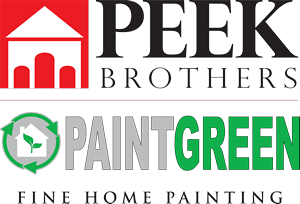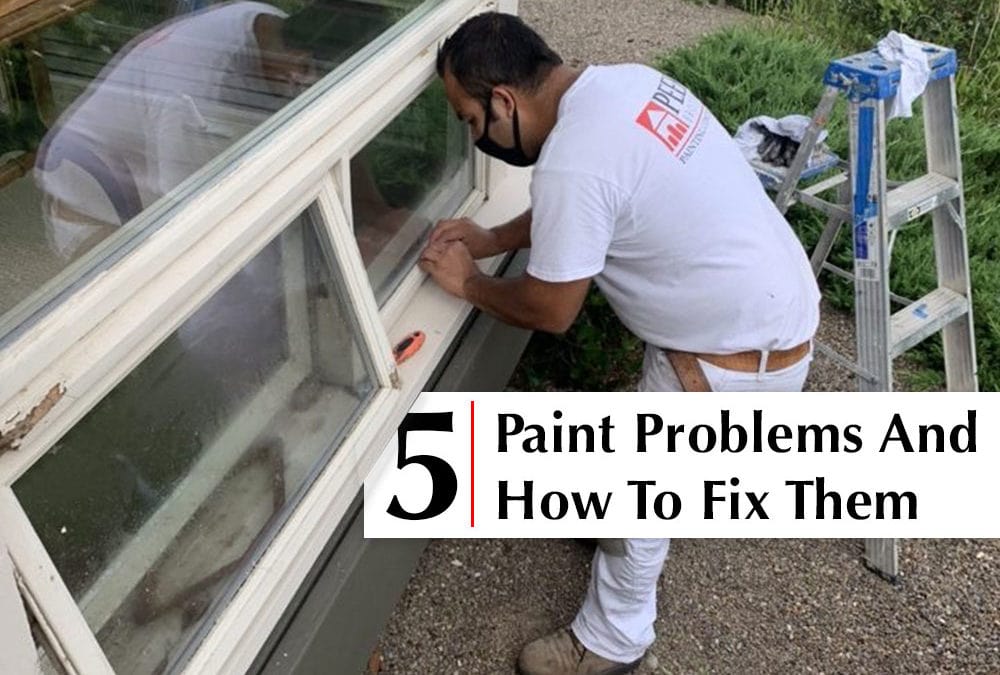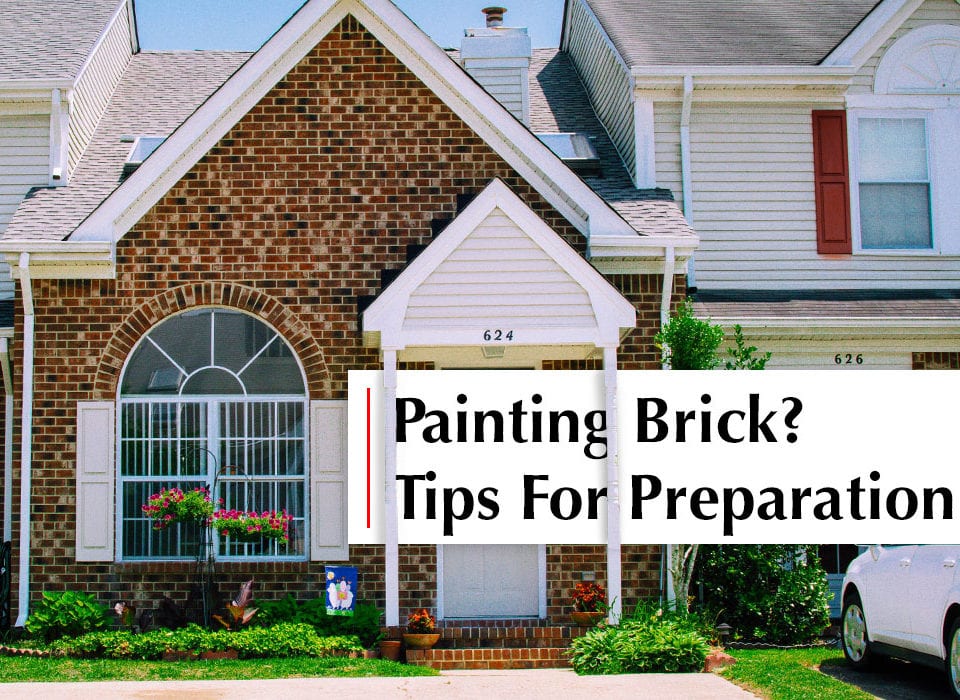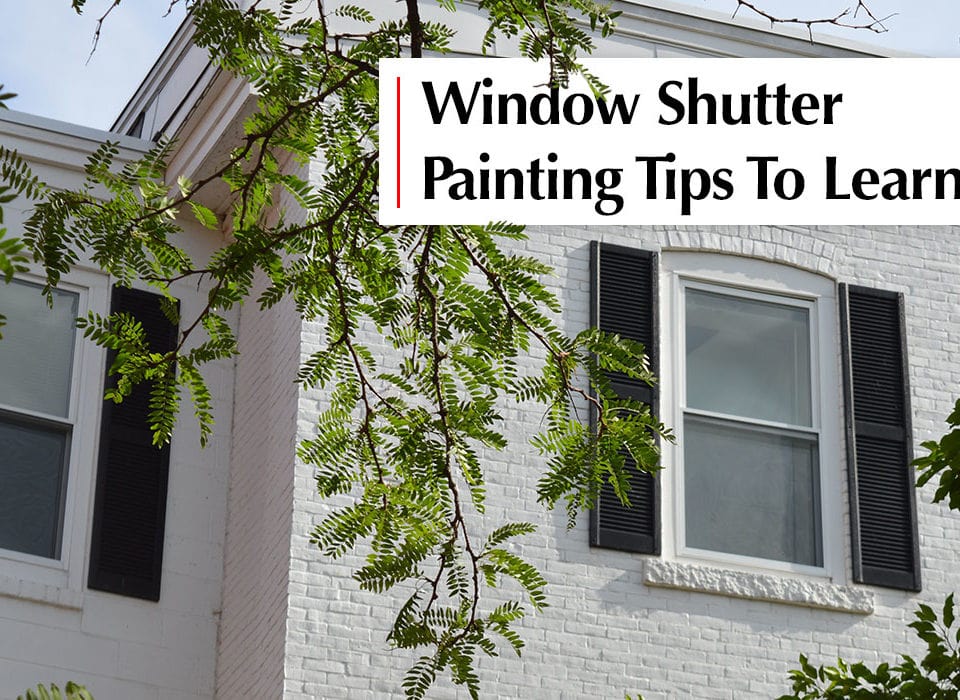5 Paint Problems And How To Fix Them in University City, CA

7 Paint Colors To Consider For Your Living Room in La Jolla, CA
June 24, 2020
7 Tips For Painting Your Floor in Point Loma, CA
July 10, 20205 Paint Problems And How To Fix Them in University City, CA
When you have a painted exterior, you will sometimes find that there are problems that arise as a result of issues over which you may not have had any control — the paint job you have on your house may have been already there when you moved into your home, or it’s entirely possible that you painted the exterior of your home and didn’t realize that something you were doing caused issues.
It’s rather unfortunate that there are so many paint problems out there, but the good news is that for every paint problem out there, there exists a paint solution — and it’s just a matter of taking the time to take care of the problem and then make sure that they do not recur.
As this is the case, let us look at five paint problems and how to fix them in University City, CA.
1. Alligatoring
When you notice that the surface of your home resembles the skin of an alligator, you know that you have the problem known as alligatoring.
Alligatoring on the exterior of your home is caused by a number of things, one of which cannot even be easily controlled.
For one, it’s entirely possible that your oil-based paint has just lost its elasticity and just led to the cracking.
Alternatively, it’s possible that the alligatoring is caused by painting over paint or primer that had not fully dried — or even using one kind of paint on top of another kind of paint that is not at all compatible.
If you find yourself dealing with alligatoring, the best thing to do is to remove the alligatored area and then sand, prime, and paint anew — giving, of course, ample time for everything to dry.
2. Bubbling
If you see that you have bubbles on the surface of your exterior paint job, it’s possible that the paint was applied when the weather was so hot that the surface of the house also was hot, and ultimately led to bubbling.
The best way to deal with bubbling is to scrape and sand the area until you are down to bare wood, and then priming and painting as normal — though not if the weather outside does not permit painting!
3. Chalking
Chalking is a rather unfortunate look for an exterior paint job and looks as though you have a sort of chalky powder on the exterior of your house — certainly not the kind of look you want.
There are a few basic causes to chalking, some of which are the use of interior paint on the exterior of your house (perhaps the people that did so did it in an effort to saving money, not realizing the damage they could have been causing) or even something as simple as using cheaper quality exterior paint.
You can remove chalking with a trisodium phosphate solution or even power washing your home and then painting it with proper exterior latex paint.
4. Mildew
Mildew is a rather unpleasant fungus that can grow on the outside of your home under certain conditions, such as the paint job having been done on top of paintwork that already had mildew on it.
You will need eye protection in order to properly clean the mildew off of your home, and then apply a trisodium phosphate solution to get the mildew right off of your home.
Once you have rinsed the exterior to make sure that it’s all gone and your home has dried, you can use good latex paint to re-paint the exterior of your home.
5. Peeling Paint
If you have a paint job that is peeling right off of your house, it’s possible that the previous paint job was done on a surface that wasn’t properly prepared — it wasn’t cleaned, sanded, etc.
The only thing you can do is to scrape all of the peeling paint off of your house and then do a proper paint job complete with the right preparation.
If you need professional assistance painting the exterior of your home, Peek Brothers Painting can help.
We use only high-quality painting products from reputable manufacturers for guaranteed durability and quality of the final paint job.
Book a FREE estimate below or call us on (858)505-1361 if you have any questions.
Related: 7 Ways To Improve Your Curb Appeal in Del Mar, CA
Causes of Blistering and Bubbling on Your Exterior Paint Job and How To Fix It in Point Loma, CA
Roof Cleaning in San Diego, CA: Methods & Techniques





